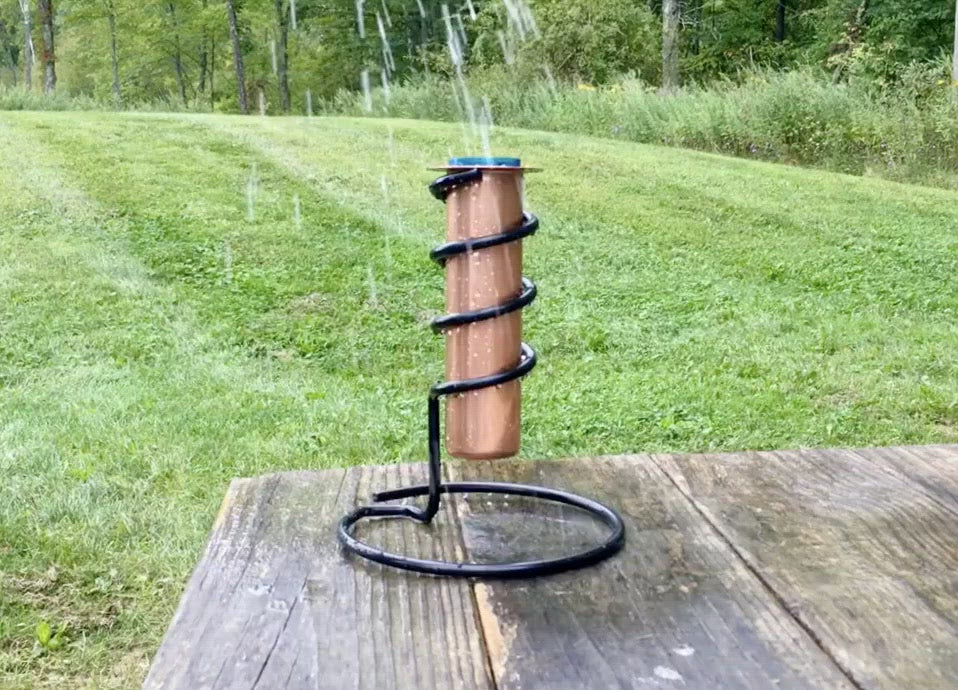Recognizing The Rain Gauge: Value, Types, and Use Explained
Recognizing The Rain Gauge: Value, Types, and Use Explained
Blog Article
Do It Yourself Rainfall Gauge: Straightforward Actions to Make Your Own
Are you thinking about tracking rains in your area? Developing your own do it yourself rain scale is a basic and reliable means to tape and determine precipitation. With just a couple of common materials and some standard steps, you can quickly build your very own rainfall gauge at home. In this overview, we will provide you with a detailed process to aid you develop your own rainfall scale. No requirement for any type of specialized knowledge or devices - this task can be completed by anyone. By complying with these straightforward directions, you will have a trustworthy tool to measure rains and add to your understanding of the neighborhood weather condition patterns. Let's obtain started on making your Do it yourself rainfall scale today!
Gather Materials
To start building your Do it yourself rain scale, gather all the needed products making use of a detailed list of products. Having the appropriate materials on hand will certainly make sure the successful production of your rain scale and permit for exact dimensions of rainfall. Gathering these materials ahead of time will certainly enhance the construction process and guarantee that you have whatever you require to produce your very own DIY rainfall gauge.
Prepare the Container

Mark the Dimension Increments
To accurately measure the amount of rainfall, properly marking the measurement increments on your DIY rainfall scale is vital. Without specific and clear markings, it would be challenging to figure out the precise quantity of rains collected in your rainfall scale. Below are the actions to note the dimension increments on your rain scale.
The most usual units for determining rainfall are millimeters and inches. When you have actually chosen the device, make use of an irreversible marker or waterproof paint to note the increments on the side of your rain gauge.
When noting the increments, it is very important to ensure that they are evenly spaced and plainly visible. Use a ruler or gauging tape to guarantee precision and uniformity. In addition, make certain that the markings are resistant to fading or abrading, as exposure to the components might cause them to wear away with time.
Place the Rainfall Gauge Outdoors
The rain scale must be put outdoors to accurately accumulate rainfall data. The area chosen for the rain gauge ought to be cost-free and open from any type of obstructions that could possibly affect the dimension of rains. It is important to locate an area that is not obstructed by trees, structures, or other frameworks that might block the rainfall from getting to the gauge. This will make certain that the gathered information is representative of the actual rainfall in the area.
In addition, it is crucial to position the rainfall scale on a steady surface area, such as a level ground or a sturdy article. This will certainly stop any motion or tilting of the scale, which might lead to inaccurate measurements. It is likewise a good idea to prevent putting the gauge near any resources of artificial water, such as lawn sprinklers or drain systems, as this might conflict with the precision of the dimensions.
Screen and Record Rainfall Data
Normal tracking and recording of rainfall information is crucial for precise information evaluation and interpretation. By keeping an eye on rains measurements, you can acquire beneficial understandings right into weather condition patterns, climate fads, and water source management. To effectively keep an eye on and tape-record rainfall information, it is essential to establish a regular and keep consistent practices.
Firstly, make sure that your rain scale is placed in an open area far from challenges such as trees or structures that may obstruct rainfall. Furthermore, see to it the rain helpful hints scale is degree and securely anchored to avoid any kind of motion that might influence the accuracy of the dimensions.

When videotaping the rains data, it is essential to keep in mind the date and time of each measurement. Use a ruler or a determining adhere to figure out the rainfall deepness in the rainfall gauge, and record this info accurately.
To ensure the precision of the measurements, it is recommended to empty the rainfall scale after each recording. This will avoid any overflow or evaporation from impacting subsequent measurements.
Final Thought
In verdict, creating a DIY rainfall scale is a useful and easy means to keep an eye on and tape rainfall information (The Rain Gauge). By complying with the actions described in this article, you can conveniently collect products, prepare the container, note the measurement increments, and place the rainfall scale outdoors. Regularly my blog monitoring and recording rains information can provide valuable information for different purposes
Having the right materials on hand will certainly make sure the effective development of your rainfall scale and allow for accurate measurements of rains.To properly gauge the quantity of rainfall, accurately marking the measurement increments on your DIY rain gauge is important.The rain scale must be put outdoors to properly collect rains information. The place picked for the rainfall scale need to be open and complimentary from any kind of blockages that might potentially influence the measurement of rainfall.In final thought, developing a DIY click this link rainfall scale is a simple and sensible method to check and record rains data.
Report this page